reptiles
There is never a shortage of reptiles at the Chattahoochee Nature Center. From snakes to box turtles, there is so much to see and learn about these creatures. Did you know several native, non-venomous snakes are on exhibit at CNC? Learn how the corn snake got its name and why we have Florida pine snakes in Georgia. Also, learn all about the many hard-shelled creatures like the eastern box turtle, the only land turtle in the northern half of Georgia. They can live more than 75 years and only travel 5 miles their whole life!
What makes a Reptile Unique
>> They are ectothermic (cold-blooded, rely on their environment to maintain body temperature)
>> They shed their dry, scaly skin as they grow
>> Some lay eggs and others give live birth
>> The babies often look like miniature adult versions
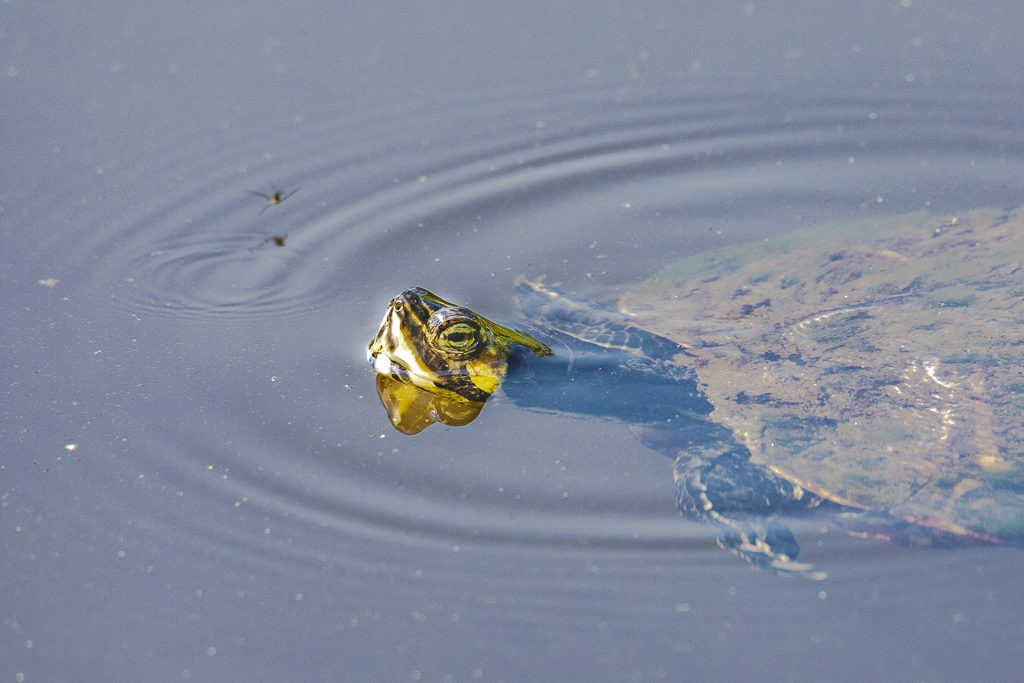
Can you believe it costs CNC close to $38,000 a year to feed and care for all of our animals?
meet some of our reptiles
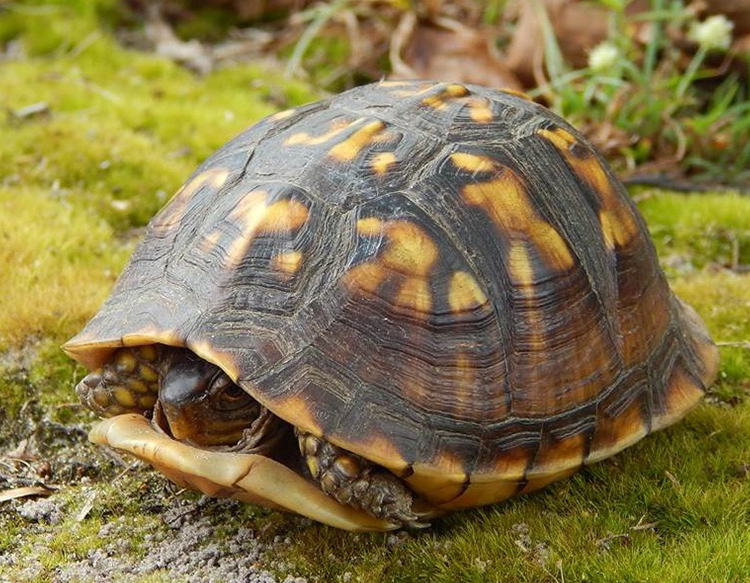
Terrapene carolina
Only land turtle in northern half of Georgia. Lives over 75 years and only travels within a 5 mile radius throughout its life.
See them In the Watershed Gallery.
These two females both arrived in June 2010 after being brought to CNC for rehab. One had an injured front leg that required amputation. The other had a severely fractured right front leg that also required amputation. Because they are not able to climb over fallen logs, rocks, etc., they cannot be released.
Annual food cost: $150
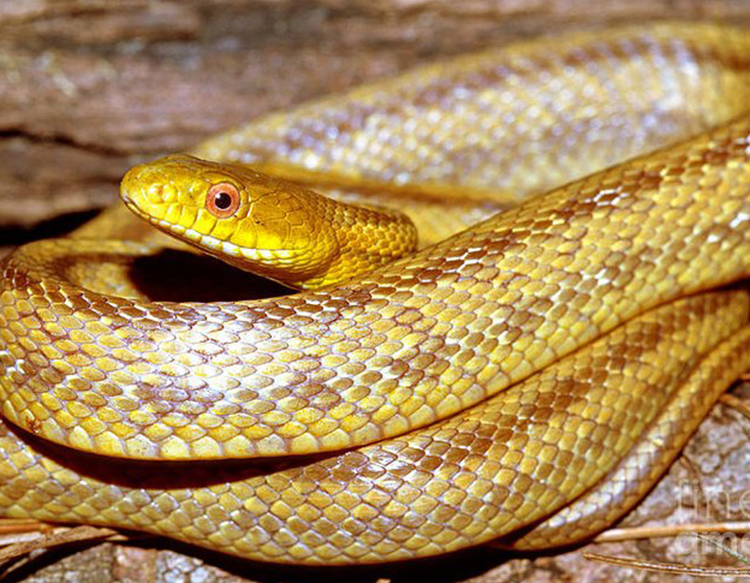
Pantherophis alleghaniensis Arboreal
Yellow rat snakes are found in the coastal plains of Georgia. See her In the Watershed Gallery. Female: She arrived in September 2012 from Orlando FL after having been used for several years as a breeding snake. Annual food cost: $65
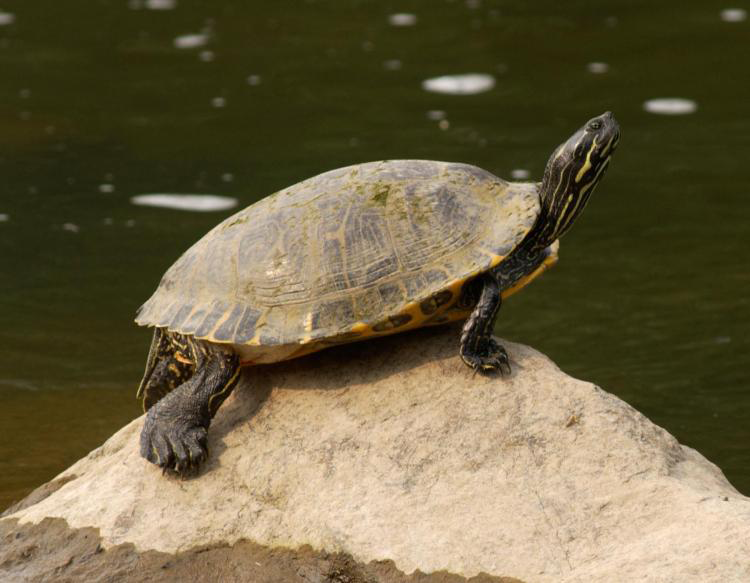
Pseudemys concinna
Adult females are herbivores and adult males are omnivores. Females grow much larger than males. See him In the Watershed Gallery. The male arrived in 2009 after being rescued by a herpetologist from a sewage-filled retention pond, which led to numerous shell problems.
Annual food cost: $100
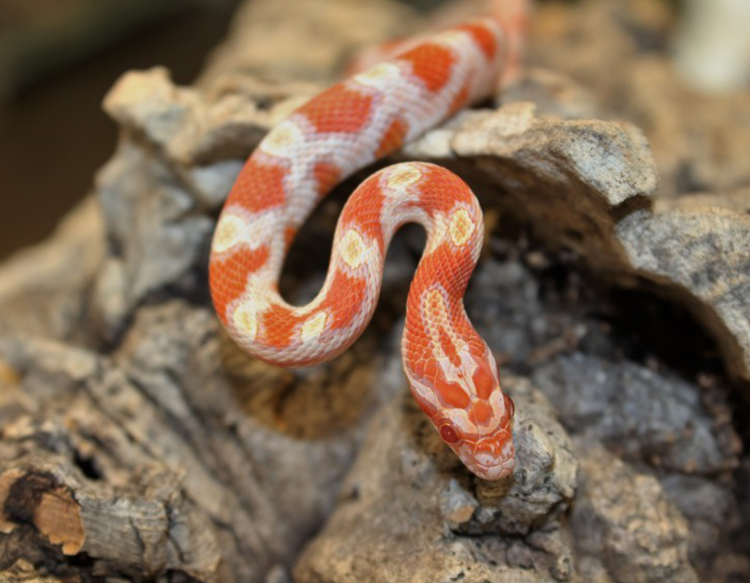
Pantherophis guttatus
Also called the red rat snake. Identifying characteristics include a checkerboard belly. See it In the Watershed Gallery. Male: He arrived in 2008 after hatching in captivity at a NC nature center in 1995.
Annual food cost: $65
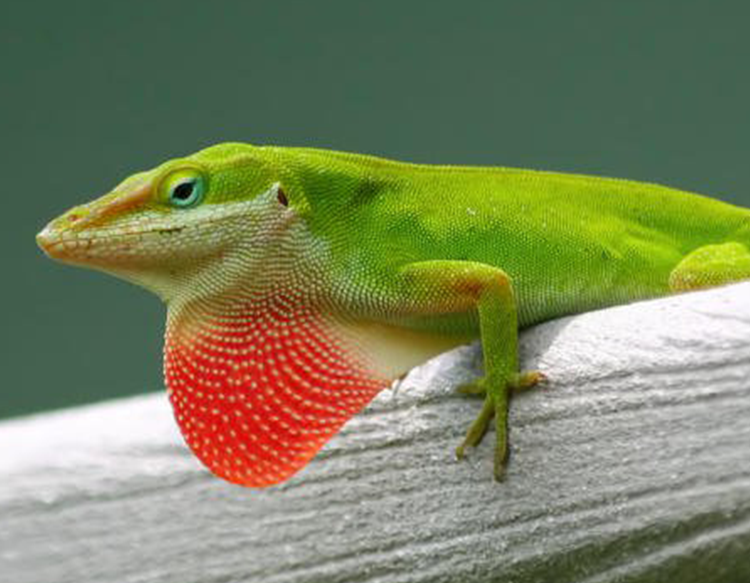
Anolis carolinensis
Can change color from green to gray, but is not related to chameleons Males have a pink throat fan (dewlap) that is used to attract mates and establish dominance. See them In the Watershed Gallery. Males and Females: These individuals all came to CNC in 2018-2023 and were either taken out of the pet trade or rescued from construction sites.
Annual food cost: $175
